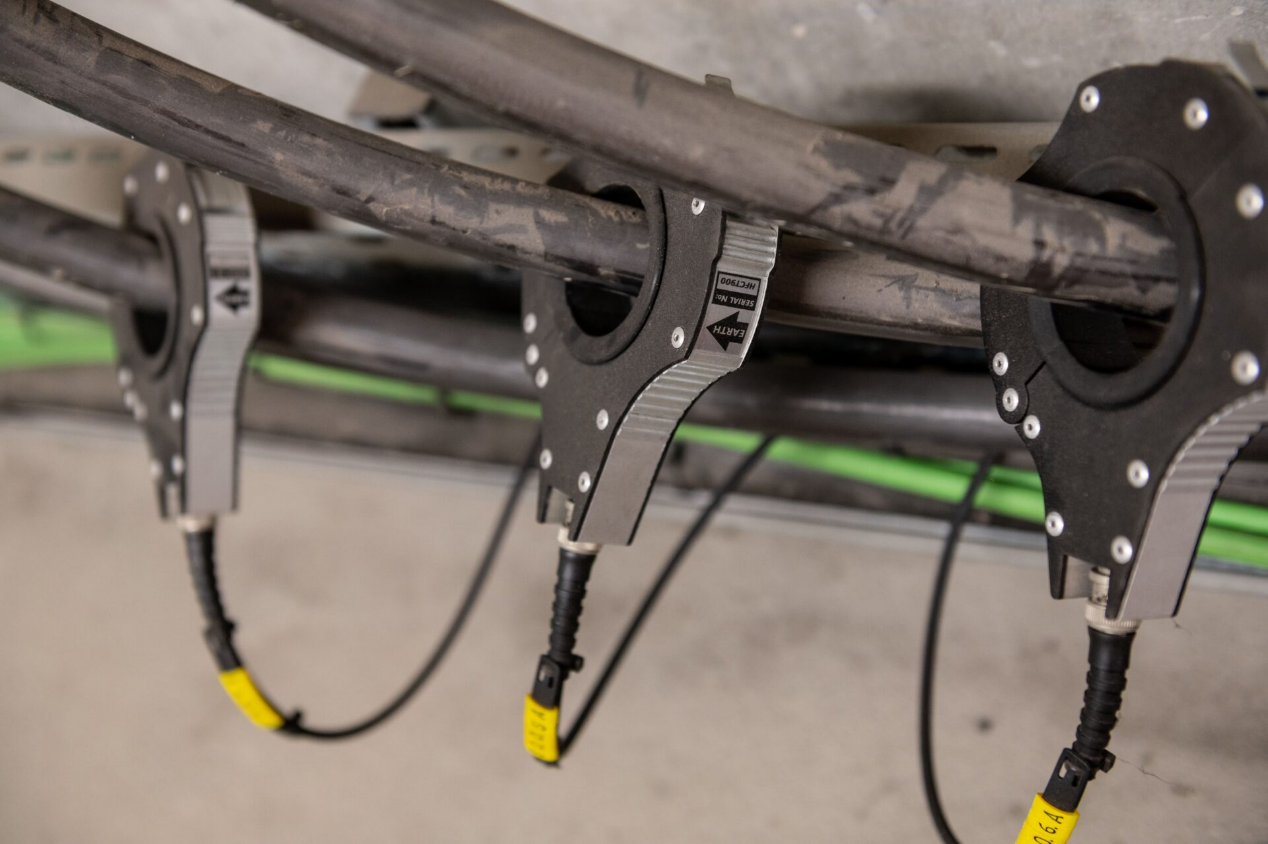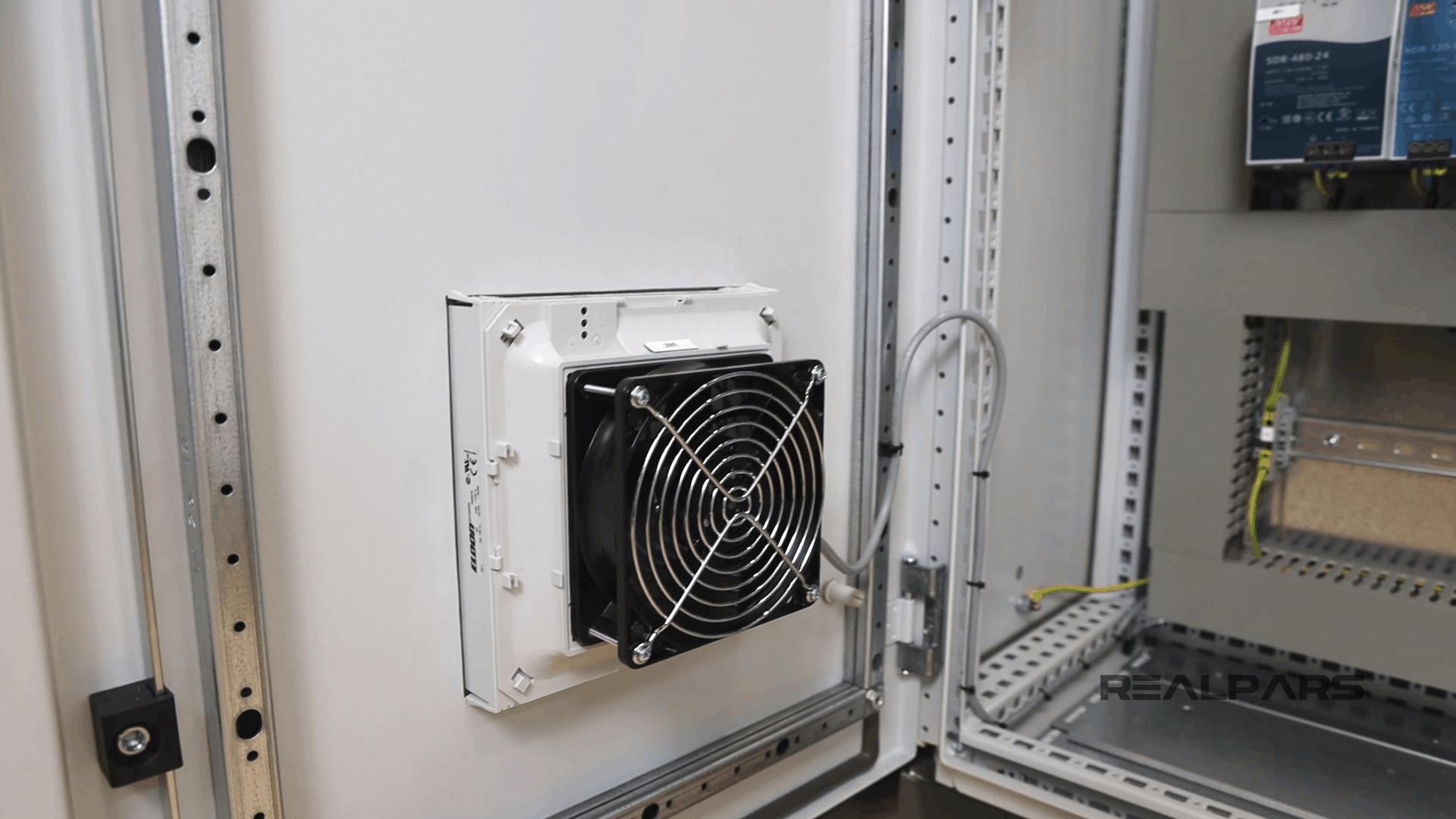As for energy meter construction, it includes eight essential modules: the power supply module, display module, storage module, sampling module, metering module, communication module, control module, and MCU (Microcontroller Unit) processing module. Each module performs a specific function and is carefully integrated with the others through the MCU processing module, creating a cohesive system that delivers precise energy measurements. Today, this article will introduce the energy meter construction from single-phase energy meters and three-phase energy meters.
Construction of single-phase energy meter
A single-phase energy meter is a sophisticated device that measures the consumption of electrical energy in a single-phase circuit. The construction of a single phase includes:

Driving Elements: The driving elements in a single-phase energy meter include voltage and current elements. These elements work together to convert the alternating voltage and current in the circuit into an alternating magnetic flux. This magnetic flux generates a torque that causes the meter’s disc to rotate. The voltage elements are made up of a voltage coil and its associated core, while the current elements consist of a current coil and its core. The current coil, having fewer turns and thicker wire, is connected in series with the circuit being measured, while the voltage coil, with more turns and thinner wire, is connected in parallel. Depending on their arrangement relative to the disc, the driving elements can be either radial or tangential, influencing how the magnetic field interacts with the disc.
Rotating Elements: The rotating elements are central to the meter’s operation, comprising a disc and a spindle. The disc, typically made of electrolytic aluminum, rotates continuously under the influence of the alternating magnetic field created by the driving elements. The material choice ensures that the disc is lightweight yet strong, with high electrical conductivity, which is crucial for the accurate functioning of the meter.
Braking Elements: To regulate the speed of the rotating disc, the energy meter incorporates braking elements, also known as braking magnets. These magnets generate a braking magnetic flux that counteracts the acceleration of the disc, ensuring it rotates at a consistent speed. The braking system is critical for maintaining measurement accuracy, as any fluctuation in disc speed could lead to erroneous readings. The braking magnets are typically made from an aluminum-nickel alloy, chosen for its durability and reliability. Depending on the design, the braking system can feature either a single or dual magnetic circuit.
Registering Elements: The registering elements, or the counter, are responsible for recording the number of disc rotations, which corresponds to the amount of energy consumed. This system includes a worm gear and worm wheel attached to the spindle, which drives the counter mechanism. As the disc rotates, the counter accumulates the total energy consumption, displaying it in a readable format. This allows users to monitor and manage their energy usage effectively.
In a single-phase energy meter, these components work together as an electromagnetic system that precisely measures and records electrical energy consumption.
Three-Phase Energy Meter Construction
Three-phase energy meters are used in more complex electrical systems, such as those found in industrial or large commercial settings. These meters are designed to handle the additional complexities of three-phase power systems. This kwh meter construction includes a current sampling circuit, a voltage sampling circuit, and additional components.

Current Sampling Circuit: The current sampling circuit in a three-phase energy meter plays a critical role in measuring the current flowing through each phase. It uses current transformers to step down the high currents in the power lines to a manageable level that the meter can accurately measure. The secondary current from the transformer is passed through a sampling resistor, and the voltage drop across this resistor is measured by the metering chip. This voltage drop is then used to calculate the current in the circuit. The accuracy of this measurement depends on the precision of the current transformer and the sampling resistor, making it essential to use components that are carefully calibrated and stable.

Voltage Sampling Circuit: Voltage sampling in a three-phase energy meter involves measuring the voltage across each phase of the power system. The voltage is first passed through a series of resistors that divide it down to a level suitable for measurement by the meter’s electronics. This method, known as resistor voltage division, is widely used for its simplicity and cost-effectiveness. The resistors used in this process are precision components with low tolerance levels, ensuring that the voltage measurements are accurate and consistent across all phases.

Additional Components: In addition to the sampling circuits, a three-phase energy meter includes a metering circuit, a central control system (CPU), an LCD, magnetic latching relays, and a power supply module. The metering circuit processes the signals from the sampling circuits, calculating the total energy consumption for each phase. The central control system coordinates the operation of the meter, managing data collection, storage, and communication with external systems. The LCD provides a user-friendly interface for viewing energy consumption data, while the magnetic latching relays control the connection and disconnection of the meter from the power supply, ensuring safety and reliability.
These components are integrated into a robust system that accurately measures and records energy consumption in three-phase power systems, providing valuable data for managing and optimizing energy use in industrial and commercial environments.
In conclusion, the construction of a kwh meter, whether single-phase or three-phase, involves a complex interplay of various components, each designed to perform specific functions. By integrating these components into a cohesive system, energy meters provide reliable and accurate measurements of electrical energy consumption, supporting efficient energy management in a wide range of applications.






